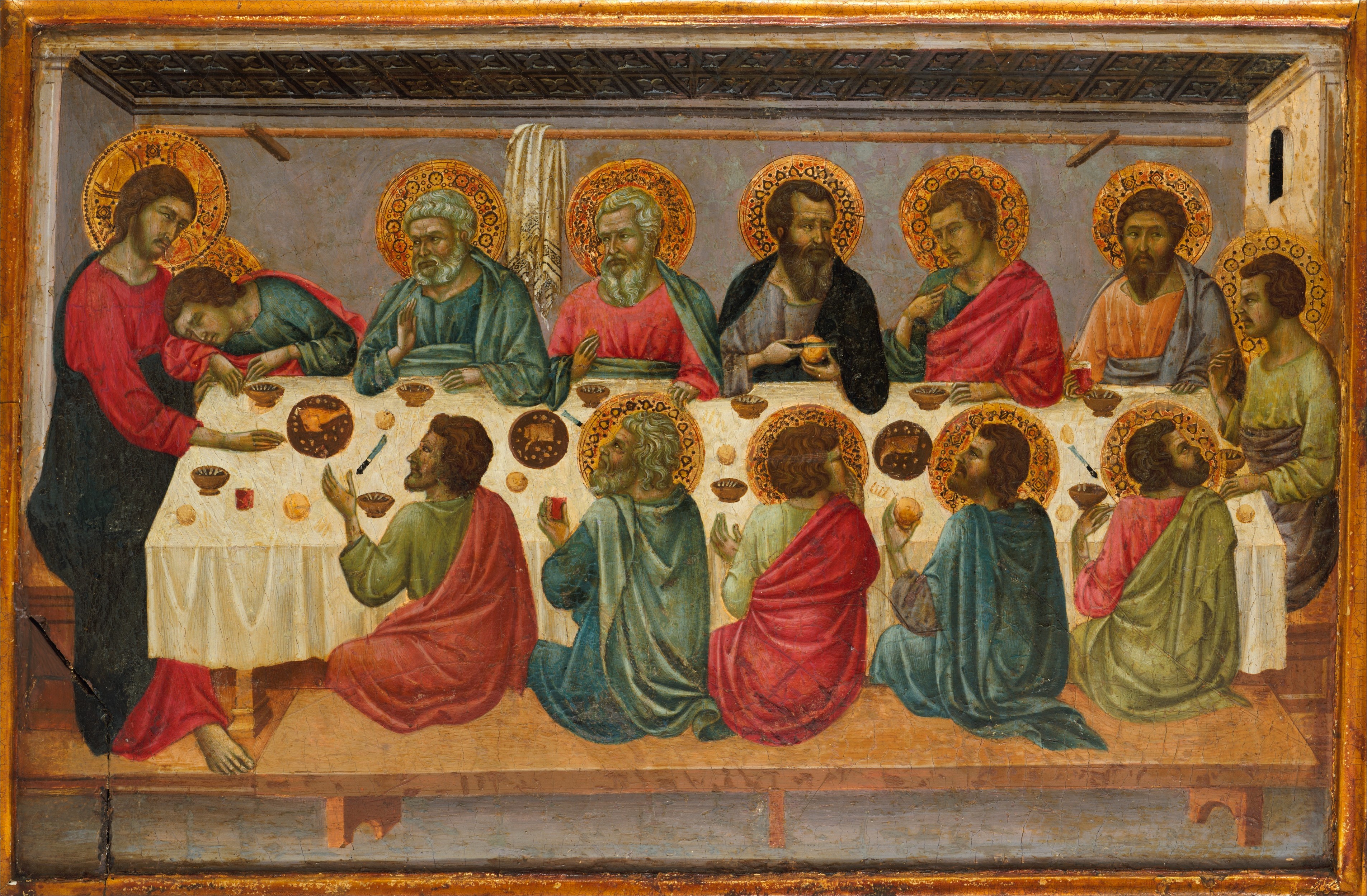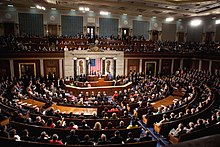 |
| The monastery of Montserrat |
It is a custom in the Society to send the novices on a pilgrimage to some place of devotion, in memory of that which the founder St. Ignatius, at the beginning of his conversion, made to our Lady of Monserrat. They always go on foot, live on alms, and lodge as much as possible in the hospitals. The pilgrimage assigned to young Peter Claver must have pleased him much, for it was no other than Monserrat itself. He and his two companions set out with their superior's blessing, their staffs their only provision for the journey. The fatigues of the way caused no diminution of his prayer and austerities. On arriving at a resting place, his first care was to repair to the church with his companions, to adore our Lord in the sacrament of His love Besides the days appointed by the superior, he received permission to communicate on several other days. After spending some time in prayer, he begged alms from door to door; and what ever he might receive his piety was always satisfied with it. If it was inconsiderable, he was delighted, because his love of poverty and suffering made it precious; if it was abundant, he was equally delighted, because it enabled him to relieve the poor. Thus all turns to the good and profit of a soul that loves God. When the three young novices came to a place where they were to stop, they collected the children in some public street or square, and conducted them in procession to the church, singing prayers and canticles. It was an edifying sight, and attracted great crowds. The novices by turns catechized, and made moving exhortations on the duties of a Christian. Young Claver's zeal and powerful words produced a sensible impression on all present. The fire with which the Holy Ghost inflamed his heart passed into the hearts of his auditors; and the usual fruit of his discourse was a lively sorrow for sin, and a sincere love of God.
As soon as they came in sight of Monserrat, Claver prostrated himself to pay respect to the Mother of God, whose sanctuary is there. Rough as was the path, up the holy mountain, love made it sweet and easy to him; nor could the beauty of the surrounding scenery divert his mind for a moment from the sight of the celestial beauties which occupied it.
But who could describe the transports of his heart on beholding that venerable image, which represents the majestic beauty of the Queen of Heaven, whom he had always tenderly loved as a mother! He spent three whole days in this holy place, as much moved by the charity, as he was edified by the example, of the worthy sons of St Benedict, to whom the monastery belongs. To derive the principal fruit which the novices proposed to themselves as the result of their pilgrimage, they made their confession with lively marks of contrition, and then received with most tender devotion the Body of our Lord. Claver spent all his spare time before the miraculous image of the virgin, and he would willingly have remained there all his life. To no one did he ever relate all the favors he there received from the Queen of Saints; but whenever, in after life, he recalled this pilgrimage to mind, he shed such sweet tears, that it was easy to judge of the delight his soul had tasted.
Link (here)



























